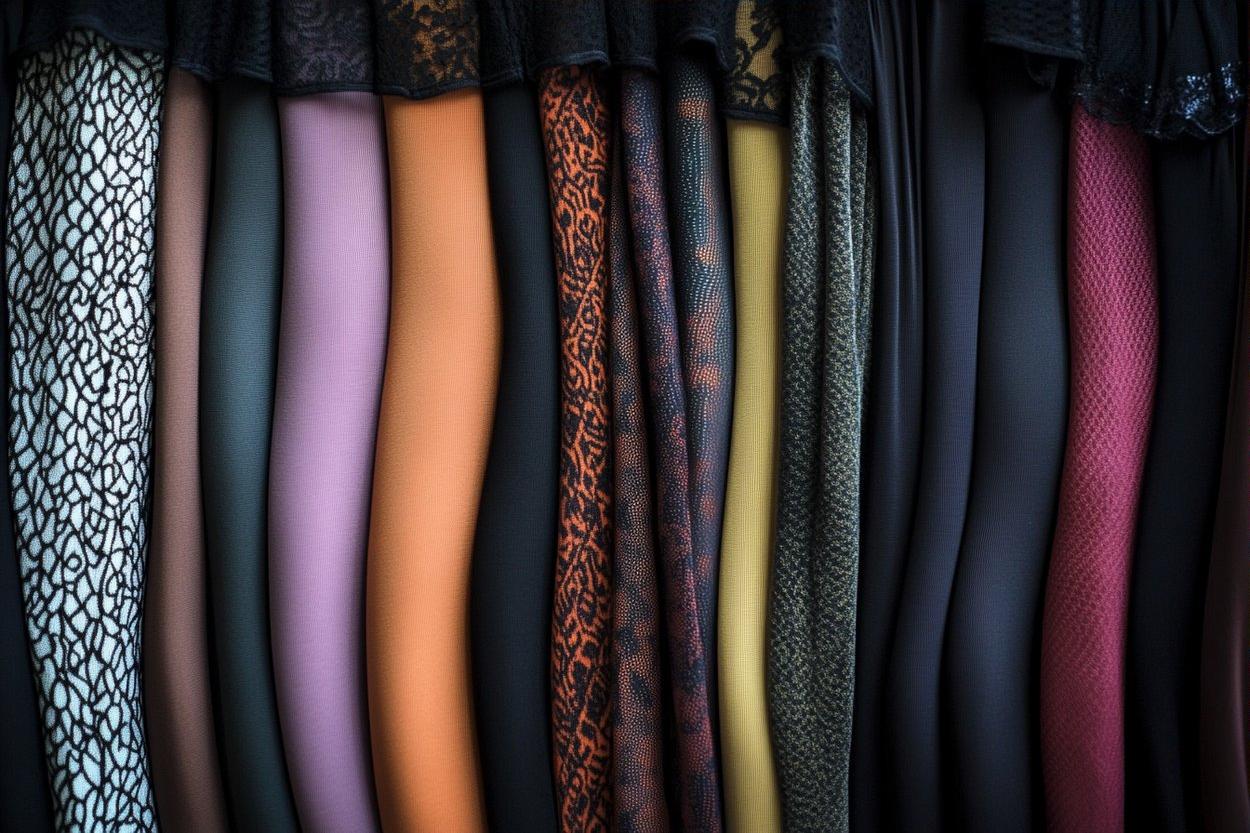Title: Dopamine Dressing: The Psychology of Mood-Boosting Fashion
Introduction: In a world where self-expression and mental well-being intertwine, dopamine dressing has emerged as a powerful sartorial trend. This vibrant approach to fashion goes beyond mere aesthetics, tapping into the psychological impact of clothing choices on our mood and confidence. Let's dive into the colorful realm of dopamine dressing and discover how it's revolutionizing personal style.

The Evolution of Mood-Enhancing Fashion
While the term dopamine dressing is relatively new, the concept of using clothing to elevate mood has been around for centuries. From the vibrant patterns of traditional African textiles to the bold colors of 1960s mod fashion, cultures worldwide have long recognized the emotional power of clothing. Today’s dopamine dressing trend combines this historical wisdom with modern psychological insights, creating a more intentional approach to personal style.
Key Elements of Dopamine Dressing
Dopamine dressing isn’t about following strict rules; it’s about curating a wardrobe that genuinely sparks joy. For some, this might mean embracing bold prints and vivid hues, while others might find comfort in soft textures and soothing pastels. The key is to identify the colors, patterns, and styles that resonate with you personally. This could include nostalgic pieces that evoke happy memories or items that represent personal achievements.
Breaking Fashion Norms for Personal Joy
One of the most liberating aspects of dopamine dressing is its rejection of traditional fashion norms. It encourages wearers to prioritize personal joy over societal expectations or fleeting trends. This might mean mixing unexpected patterns, layering contrasting textures, or wearing evening attire during the day. The goal is to create outfits that feel authentic and emotionally uplifting, regardless of conventional style rules.
The Impact on Consumer Behavior and Retail
The rise of dopamine dressing has significantly influenced the fashion industry. Retailers are increasingly focusing on the emotional appeal of their products, moving beyond traditional marketing strategies that emphasize status or trend-following. Many brands now offer personalized styling services that help customers identify their mood-boosting pieces. Additionally, there’s a growing emphasis on the tactile experience of clothing, with more attention paid to how fabrics feel against the skin.
Dopamine Dressing: Practical Tips for a Mood-Boosting Wardrobe
• Start with color psychology: Incorporate colors that resonate with your desired emotional state
• Embrace texture: Experiment with fabrics that feel comforting or energizing to touch
• Incorporate meaningful accessories: Choose pieces that hold personal significance or happy memories
• Mix and match fearlessly: Combine unexpected items to create unique, joy-inducing outfits
• Prioritize comfort: Ensure your mood-boosting pieces are also practical for daily wear
• Create outfit recipes: Develop go-to combinations that consistently make you feel good
• Declutter regularly: Remove items that no longer bring you joy to make room for mood-enhancing pieces
The Future of Mood-Enhancing Fashion
As we move forward, the principles of dopamine dressing are likely to become more integrated into mainstream fashion. We can expect to see advancements in fabric technology that enhance the sensory experience of clothing, as well as the development of AI-powered styling tools that can recommend mood-boosting outfits based on individual preferences and emotional needs. The future of fashion isn’t just about looking good; it’s about feeling good from the inside out.
In conclusion, dopamine dressing represents a significant shift in how we approach personal style. By prioritizing the emotional impact of our clothing choices, we can harness the power of fashion to enhance our daily lives. As this trend continues to evolve, it promises to create a more joyful, expressive, and emotionally intelligent approach to getting dressed each day.





